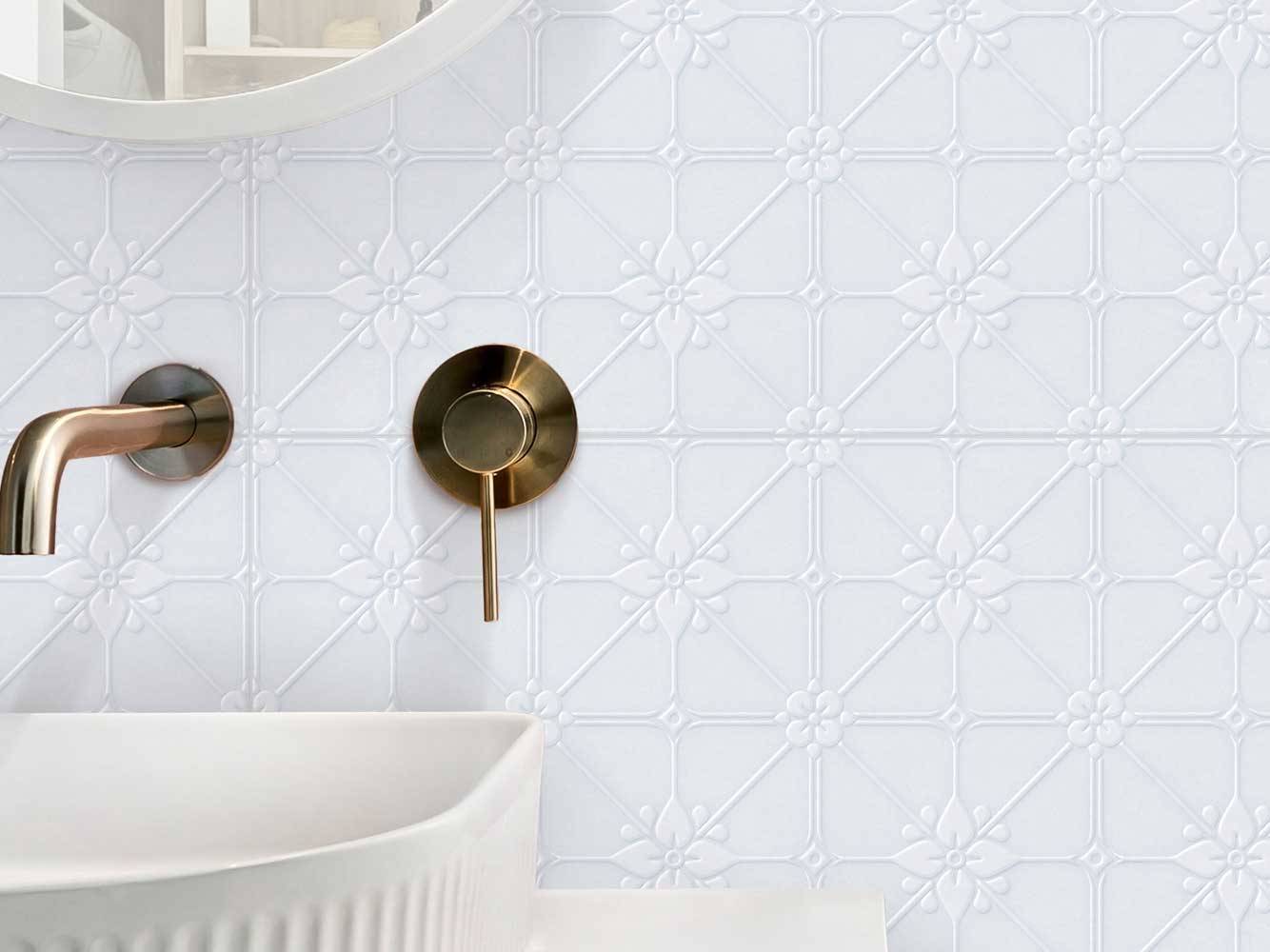Tile Care

Sweep or vacuum the floor regularly to remove dirt and debris. Use a damp mop with a mild detergent or a pH-neutral cleaner for deeper cleaning. Avoid abrasive cleaners that can scratch the surface.
Chemicals like bleach or ammonia can damage tile finishes. Opt for gentler cleaning products specifically designed for tiles.
For spills, clean them up immediately to prevent staining. Use a soft cloth or sponge with mild soap to treat stains before they set.
Applying a grout sealer can help prevent mold and mildew buildup, keeping the lines looking clean and fresh.
You should reseal your grout lines on tiles especially in areas prone to water exposure, like kitchens and bathrooms. The frequency of resealing depends on several factors, including the type of grout, the finish of the tile, and the amount of foot traffic in the area.
As a general guideline:
Regular Use: If the area is heavily used (kitchen floors, bathroom showers), resealing every 6 to 12 months is recommended.
Low Use: For less frequently used areas, you might be able to wait 1 to 2 years.
Testing: You can also perform a simple water test to check if your grout needs resealing. Sprinkle a few drops of water on the grout; if the water beads up, it’s still sealed. If it soaks in, it’s time to reseal.
Always follow the manufacturer’s recommendations for the specific grout and sealant you are using.
Place mats at entryways and in high-traffic areas to help trap dirt and moisture, which can otherwise scratch and wear down the tile finish over time.
To prevent scratches, avoid dragging heavy furniture across the floor. Instead, lift furniture when moving to minimize damage.

